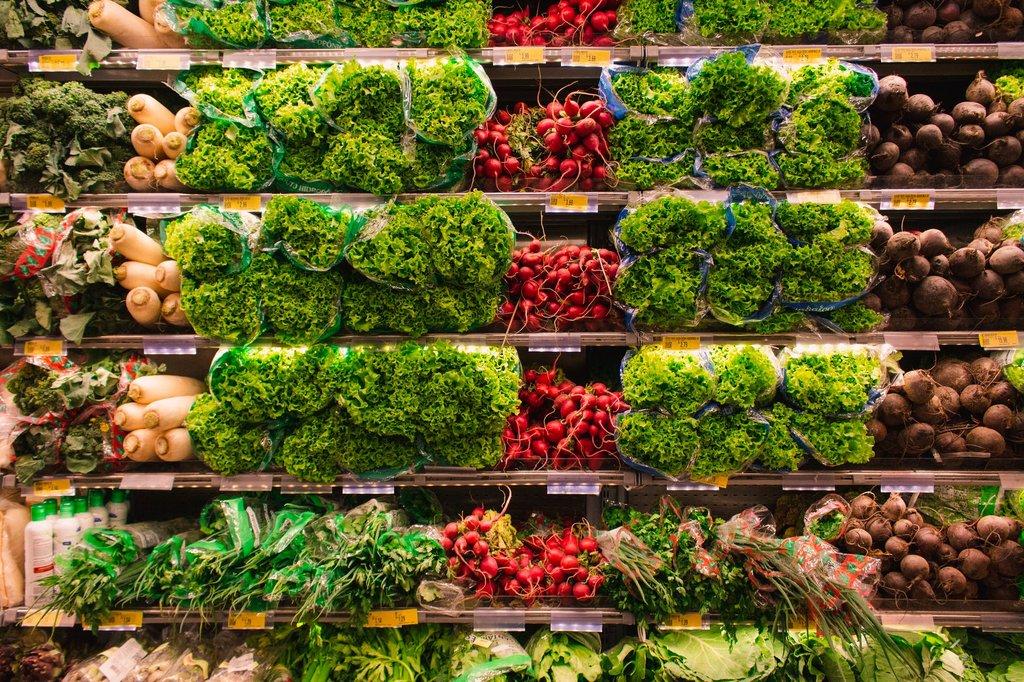Inventory Shrinkage In Grocery Ecommerce
The grocery business is a famously low margin business. India’s best retailer, DMart, operates at about 12% gross margins. At the same time, a large number of compa

The grocery business is a famously low margin business. India’s best retailer, DMart, operates at about 12% gross margins. At the same time, a large number of companies report shrinkage of well over 3%. It’s easy to see that improving shrinkage is a sure-fire way to improve a company’s bottom line.
What is Inventory Shrinkage?
Inventory Shrinkage is a situation wherein inventory shows in ample quantity in your company records but not on the ground. It is the difference between the stock shown in accounting and storage.
The main reasons are incorrect accounting, human errors, supplier or employee dishonesty, and damaged, lost or stolen stock between the origin and point of sale. This gap costs companies a considerable amount, especially Ecommerce players with complex multi-tiered warehousing and distribution.
How is Inventory Shrinkage Affecting Online Grocery Retailers?
Warehouse inventory shrinkage has always disturbed the flow of corporate revenue streams, especially for online grocery retailers. Before the pandemic, it consumed 2-3% of a grocery player’s revenue. However, by September 2020, it had started gobbling 5-15% of the revenue share, thus affecting its profits.
Besides the reasons cited above, the Ecommerce perishable players also have stock spoilage or expiry to worry about. Dealing in perishables enhances the risk of losing inventory more than you can afford or account for. These interruptions in inventory levels adversely affect the business performance and overall expenses. While we all enjoy living in VC funded boom, when the good times end the consumer is left holding the can.
Why Should You Care?
Warehouse stock shrinkage is challenging to track. Ecommerce companies strive for complete inventory visibility, but there are a lot of caveats. For instance, the SKUs are typically fixed weight – e.g. a kilo of fresh tomatoes. However, the packed weight can rarely ever be exactly 1 kilo for discrete items such as tomatoes. Add in human errors and one will soon be running an inventory deficit. Or have you ever paid for 100kg of produce and only been able to ship 95kg without any account for the rest?
Tracking inventory shrinkage can help Ecommerce grocery providers take the necessary steps to curb the mistakes and spoilages. If you can understand logistic inventory shrinkage, you can better calculate the ROI on your stock. As per industry standards, the Gross Margin ROI value should be more than 3.2 to be certain that the company is covering its costs and profiting from the inventory. However, this is a hard metric to measure if you are not really tracking your inventory.
For good reasons, most companies focus on demand side challenges – there are plenty of these! However, as operations scale, it’s critical to put systems in place to track and prevent supply and distribution side challenges. In our experience, most companies react only when these challenges threaten growth or once they measure the real impact on their bottom lines. We urge you to start before scaling so that systems and processes are in place and can be refined over time.
First Steps To Stress-Free Inventory Management
- Do you use standard crates across your procurement operations? Great! Add crate IDs to track procurement. Weigh and scan the crate IDs to capture where each SKU is stored.
- Scan and weigh crates at each end during transits, e.g. from your collection/procurement centres to your fulfillment centres.
- Capture the SKU and actual weight when preparing consumer delivery packets.
- As an added bonus, scan the procurement crates before packing. This allows you to optimise picking and eliminate wastage as well as offer end-to-end traceability to your customers.
- If items are going missing before/during delivery, put in a delivery audit mechanism. Weighing the delivery crate and comparing against the expected weight for a customer’s order can eliminate up to 90% of errors and the need for manual audits.
None of these require much technology beyond e.g. Google Sheets and a set of diligent operators!
How Can We Help?
Once you are ready to scale up, our solutions will help you scale traceability to millions of orders without so much as breaking a sweat.
Our hardware/software solutions integrate weighing scales, barcode printers and scanners – giving you complete inventory traceability and measurable impact on your profitability. While we do offer a highly optimised ERP for this use case, our API ready data loggers can be integrated with your or third party systems in hours.
Ready to learn more? Call us on +91 74119 67890 or email tej@iotready.co for a no obligations and free consultation.